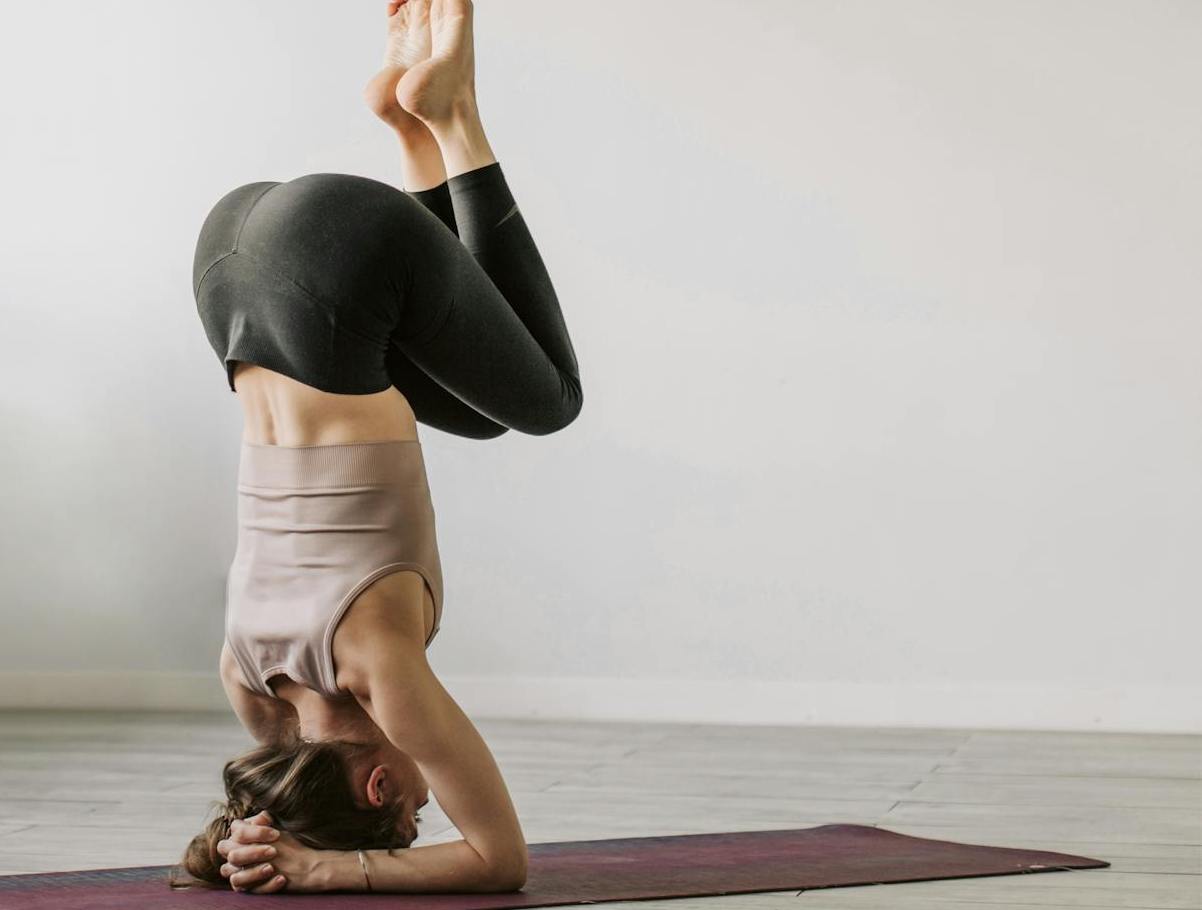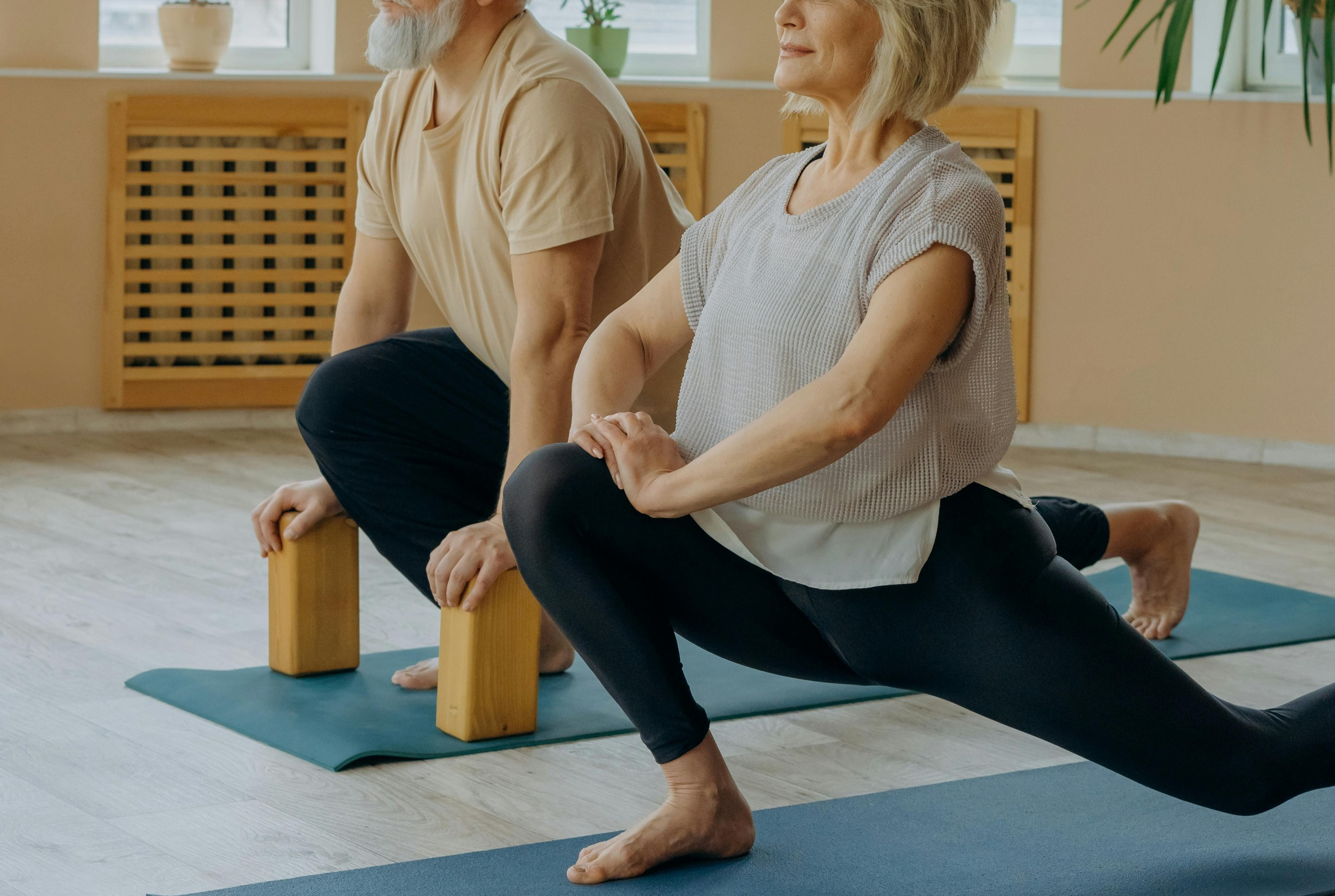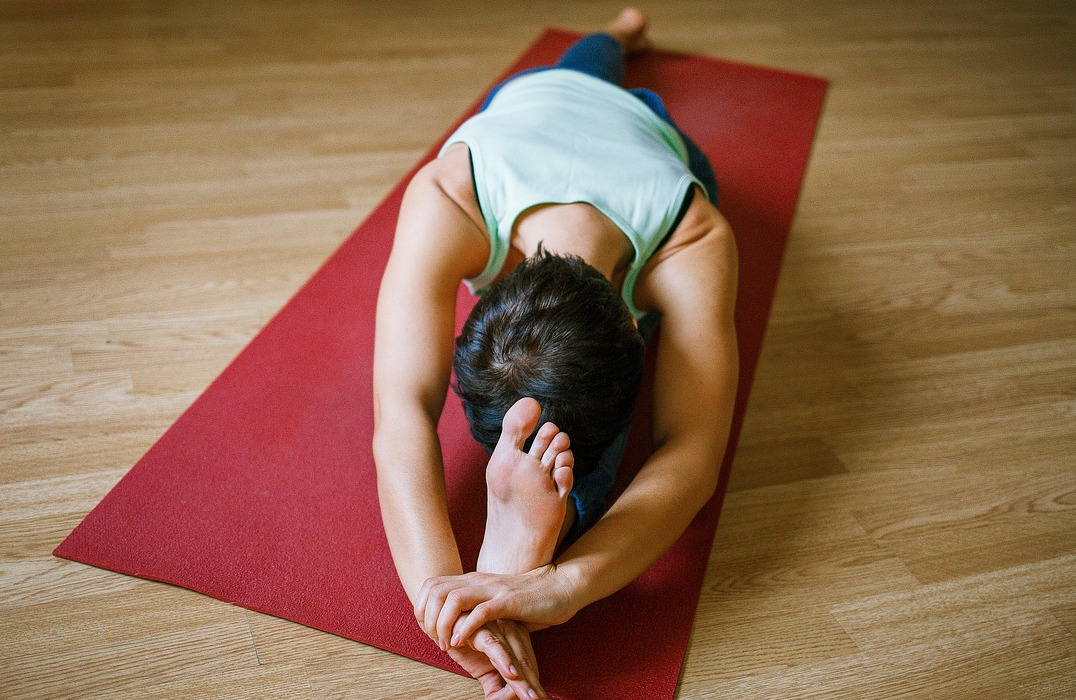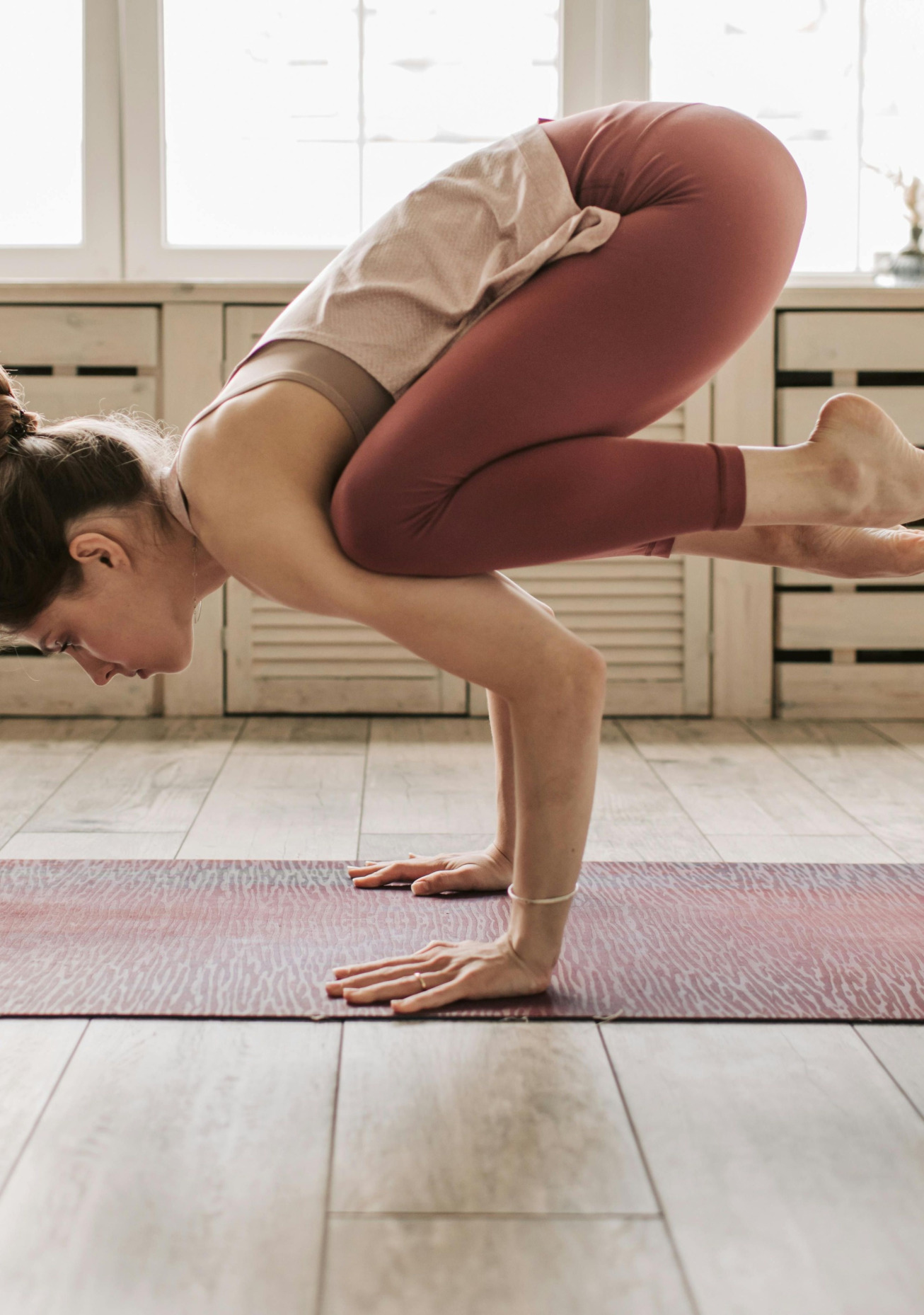Yoga Practice
Iyengar Yoga
Iyengar Yoga: Precision, Alignment, and Discipline
Iyengar Yoga, developed by B.K.S. Iyengar, is a form of Hatha Yoga that emphasizes detail, precision, and alignment in the performance of yoga postures (asanas) and breath control (pranayama). This style is known for its systematic approach to teaching and its use of props, making yoga accessible to practitioners of all levels and abilities.
Foundations of Iyengar Yoga
B.K.S. Iyengar, one of the foremost yoga teachers in the world, founded Iyengar Yoga in the mid-20th century. His method is rooted in the traditional eight limbs of yoga as outlined in the ancient text "The Yoga Sutras of Patanjali," but with a distinct focus on the physical aspects of the practice. Iyengar believed that achieving precise alignment in asanas could pave the way for deeper awareness and understanding of the body, mind, and spirit.
Focus on Alignment and Precision
One of the hallmarks of Iyengar Yoga is its emphasis on correct alignment in every pose. Practitioners are taught to pay meticulous attention to the placement and positioning of their bodies. This focus not only helps in preventing injuries but also ensures that the benefits of each pose are maximized. Teachers provide detailed instructions and often use hands-on adjustments to help students achieve proper alignment.
Use of Props
Iyengar Yoga is renowned for its innovative use of props, such as belts, blocks, blankets, and chairs. These tools assist practitioners in achieving correct alignment and support them in maintaining poses for longer durations. Props make yoga accessible to people of all ages and physical conditions, allowing everyone to experience the full benefits of the practice regardless of their flexibility or strength.
Sequencing and Timing
In Iyengar Yoga, the sequencing of poses is carefully structured to bring about specific physical and mental effects. Each class typically follows a theme, focusing on particular types of poses, such as standing poses, forward bends, or backbends. Additionally, poses are often held for extended periods to deepen the understanding and experience of each asana.
Therapeutic Benefits
Iyengar Yoga is also known for its therapeutic applications. B.K.S. Iyengar himself overcame numerous health challenges through his practice, and his method has been used to help people with various physical and mental conditions. The precise alignment and use of props make it possible to tailor the practice to individual needs, making it an effective form of therapy for many ailments.
Conclusion
Iyengar Yoga's emphasis on precision, alignment, and the use of props has made it a distinctive and respected form of yoga practice. Its systematic approach allows practitioners to develop strength, flexibility, and awareness, while its accessibility ensures that everyone can benefit from the practice, regardless of their physical condition. Through dedication and discipline, Iyengar Yoga offers a path to physical health, mental clarity, and spiritual growth.




